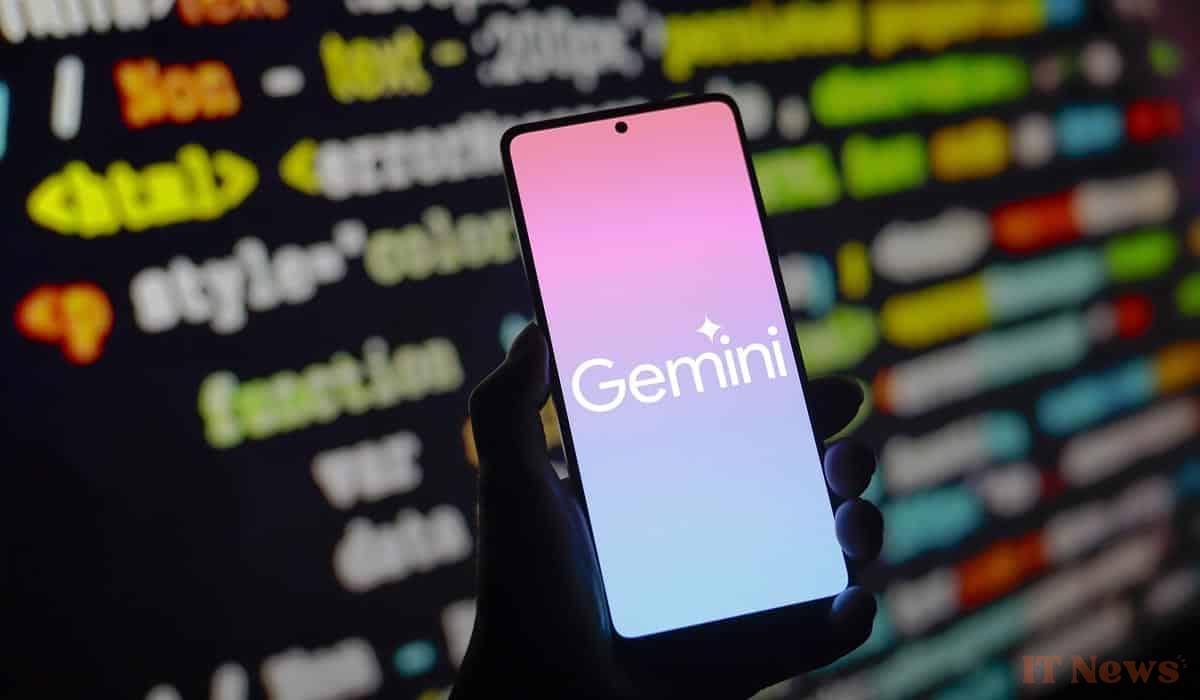Google continues its push into artificial intelligence with Gemma 3, a new generation of models designed to adapt to a wide range of devices, from smartphones to compact PCs. Another step towards more agile and ubiquitous AI.
Gemma 3: the legacy of Gemini in a lighter version
This new series is a continuation of the efforts deployed by Google with Gemini, its range of AI models introduced in December 2023 to succeed LaMDA and PaLM 2. Behind this evolution, a clear ambition: to compete with industry leaders like OpenAI's GPT-4, while optimizing performance for smoother integration across different platforms.
Google DeepMind engineers, including Clement Farabet and Tris Warkentin, have opted for an architecture derived from previous models while reducing their computational footprint. The result: a lighter, yet still powerful AI, designed for mass adoption.
AI models adaptable to all media
One of the strengths of Gemma 3 lies in its technical flexibility. Google offers four variants, calibrated to meet varied needs:
- 1 billion (1B) parameters : optimized for mobile devices and lightweight applications.
- 4B and 12B: balanced for PCs and servers with limited resources.
- 27B: increased power for more sophisticated calculations.
This range allows for fine customization, avoiding the need for excessively energy-intensive infrastructure, a key issue as the question of AI's ecological footprint is increasingly scrutinized.
Towards a democratization of high-performance AI
Beyond the technical feat, Google aims to make AI more accessible. Thanks to With an optimized design, Gemma 3 could enable businesses of all sizes to leverage advanced AI without requiring colossal IT resources.
The uses are multiple: improving mobile applications, automating complex tasks, and even driving innovations in healthcare through big data analysis. A democratization that could accelerate the adoption of AI, even in regions where digital infrastructure is limited.



0 Comments